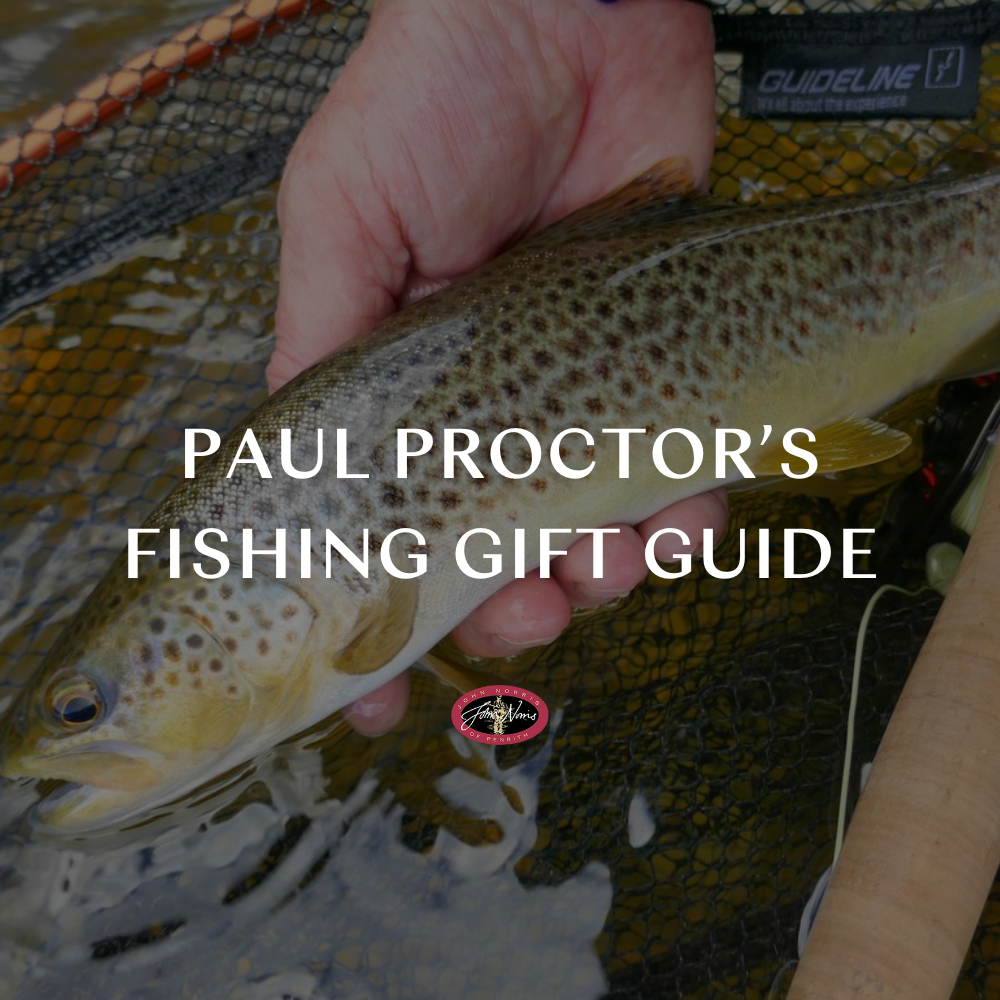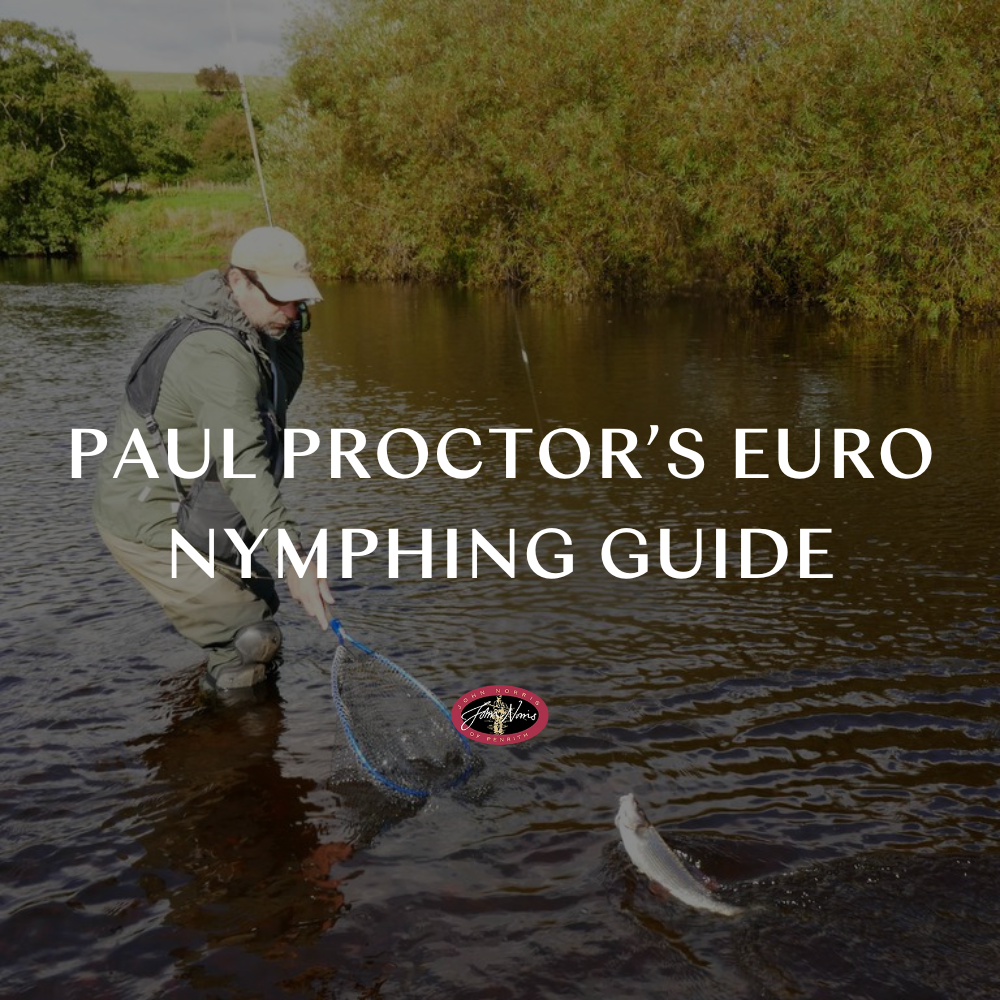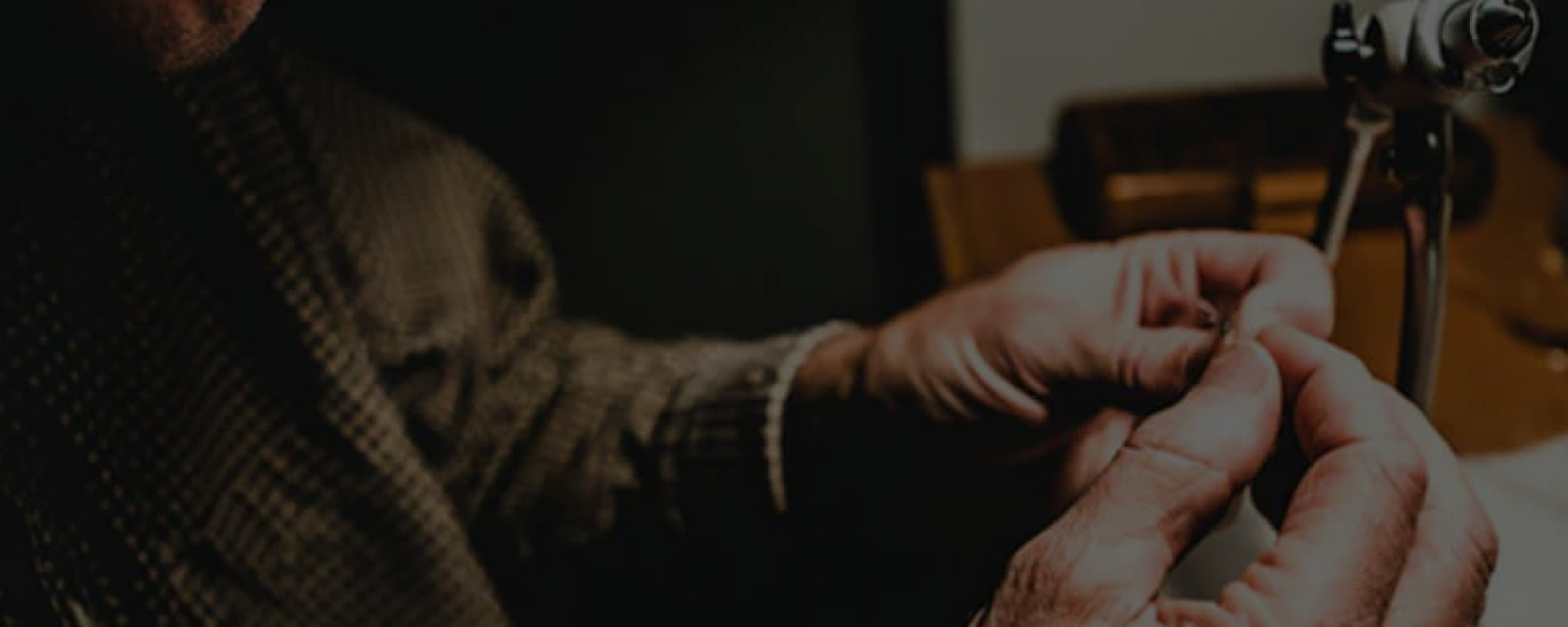How To Prepare Salmon
Is there any more satisfying experience for a keen fisher than preparing a fresh catch to eat? After a long day fishing, nothing is more deserved than a delicious, succulent salmon fillet, cooked with fresh ingredients and seasoned to perfection. If you’ve managed the hard part – catching the salmon – you need to ensure that you cut and prepare your catch properly in order to fully enjoy the unique flavour and texture of this popular fish.
Follow these simple steps for perfectly prepared salmon. You will need:
- A sharp pointed knife
- A spoon
- A chopping board
- Running water
- Lay the salmon on its side on the chopping board. Place your non dominant hand over the fish to keep it steady.
- Insert the point of the knife in the anus of the salmon and make a shallow cut along the underside of the fish, starting from the anus up through the abdomen, between the two pelvic fins, until the point of the knife reaches the “v” point just under the jaw. Ensure that the cut is shallow enough not to puncture the guts.
- Spread open the abdomen along the cut, insert two fingers into the fish behind the head and hook all of the guts into the palm of your hand. Sever the entrails where they are attached behind the head by making a small cut further under the jaw. Discard the entrails. Rinse the fish on the inside and out.
- Make a further cut along the bloodline – the inside of the backbone - ensuring not to cut into the meat.
- Scrape the blood and backbone out with the spoon from tail to throat. Rinse the fish again.
- Removing the gills is not a vital step to gutting your fish, but if you intend to keep the fish for a few days after gutting it is a good idea to remove the gills. The blood in the gills spoils faster than in the rest of the fish and will begin to rot and smell. To remove the gills, position the fish so it is facing with the spine towards you. Open the flap behind the head with your non dominant hand and make an incision starting at the bottom of the gill and following around to the top.
- Rinse the salmon under fresh running water and pat dry.
- Position the salmon with the spine towards you.
- You will be able to feel a rigid plate behind the head of the fish. Rather than removing the head by cutting straight down, you will be able to get more meat out of your fish if you cut along the curve of the plate. Place your non dominant hand over the head of the fish and grab the small front fin. This will make the plate more pronounced for an easier and more accurate cut.
- Make the incision in a diagonal motion going towards the head, cutting behind the plate and ensuring to avoid your fingers. Cut until you reach the backbone and the head has been severed from the fillet on one side.
- Placing your non-dominant hand over the head and lifting the flap of the fillet on the underside to ensure you avoid cutting it, make a cut with the knife flat along the spine all the way down the fish, removing one whole fillet from head to tail. Place the filleted section to one side.
- Turn the remaining fish over and sever the head from the fillet following step 3. Ensure that you do not completely sever the head from the spine as it is important to hold on to it when filleting along the spine for a straight cut. Follow step 4 again, ensuring that the knife runs as closely to the spine as possible in order to keep the maximum amount of meat on the fillet.
- Now you will have two whole fillets of salmon and the leftover backbone and head, hopefully with as little wasted meat left over as possible.
- Place your fillet on the board skin side down, with what was the under-side of the fish facing towards you. The rib cage can be seen running diagonally along the top side of the fish.
- Starting at the end of the fish closest to the tail, make a shallow incision under the bottom of the rib bones and cut upwards, slicing in the direction of the grain of the flesh. It is much easier to do this in small sections in order to minimise the amount of flesh that is cut away with each slice.
- Once you reach the head end of the fish, there is a larger bone that runs the length of the neck. Ensure that you remove this fully.
- Once the bones have been removed, some people prefer to also remove the belly fat on the underside of the fish. Again this is down to personal preference. Trim away and fatty parts with shallow incisions so as not to remove too much flesh.
- Make a cut along the length of the underside of the fish, removing the remaining fin.
- Pin-boning your fillet is easier to do if the fish has been on ice for a few days, as the smaller bones will protrude slightly from the meat and the fibres will have loosened somewhat. Feel for any bones by running your fingers along the fillet, and remove with pliers by pulling in the direction that the bones are pointing.
- Repeat the process with the second fillet.
- Cut away a section of the flesh at the tail end of the fillet, ensuring to leave the skin intact as a starting point for the skinning.
- With your non-dominant hand, hold firmly onto this section of skin and place the knife flat against it.
- Make one straight slice along the length of the fillet, from tail to head, peeling back the flesh from the skin as you go. Ensure that you keep a firm hold on the skin at all times.










